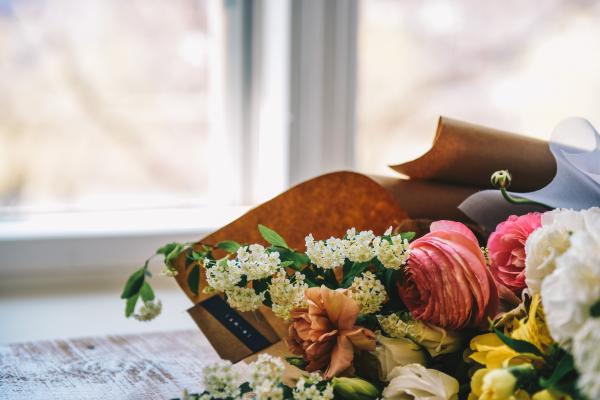Jun 9, 2020
Rituals surrounding death provide solace and comfort. Ceremonies, such as funerals, hold our challenging and complicated emotions and provide space for us to acknowledge and accept the reality of death. But when we are not able to be physically held by those outside of our own home or partake in our religious rituals and death traditions, how do we process the death of those we love? Even as states reopen and larger groups are permitted to gather, some people are still apprehensive about convening. In this unfamiliar and uncertain moment, how do we mourn?
Read the Full Article

Already a subscriber? Login
